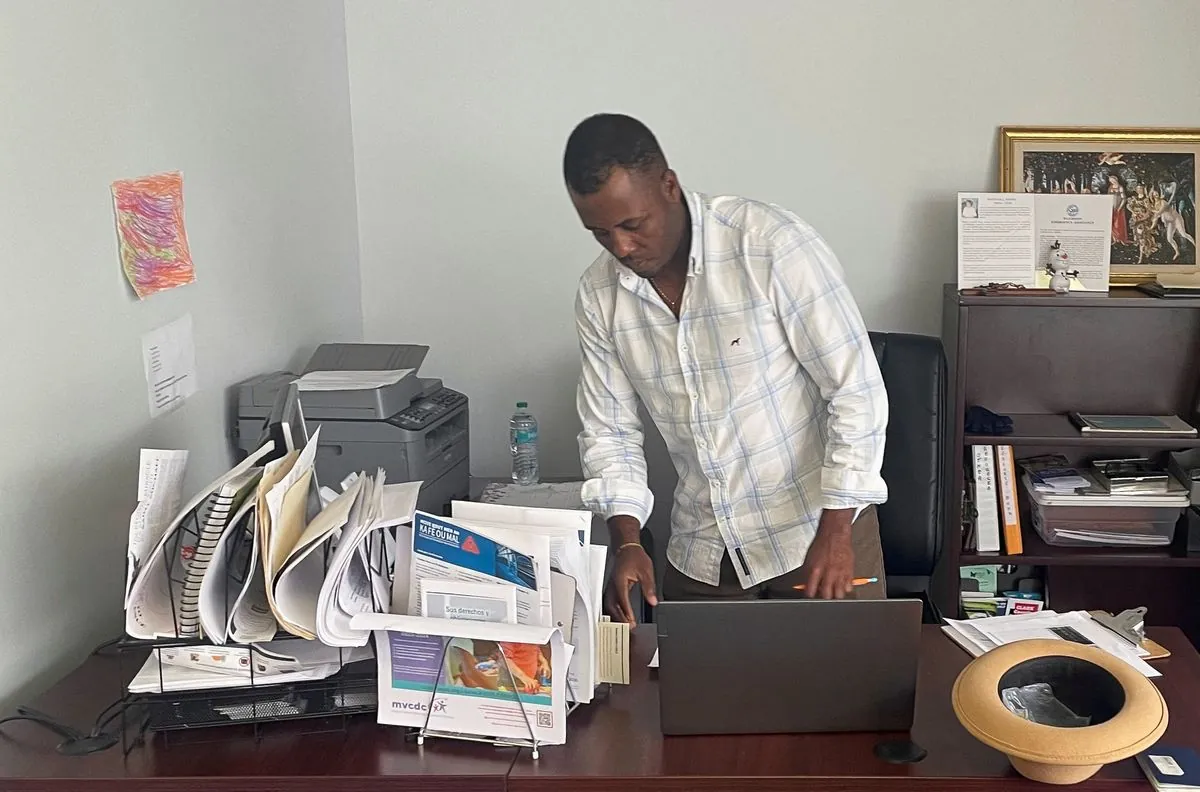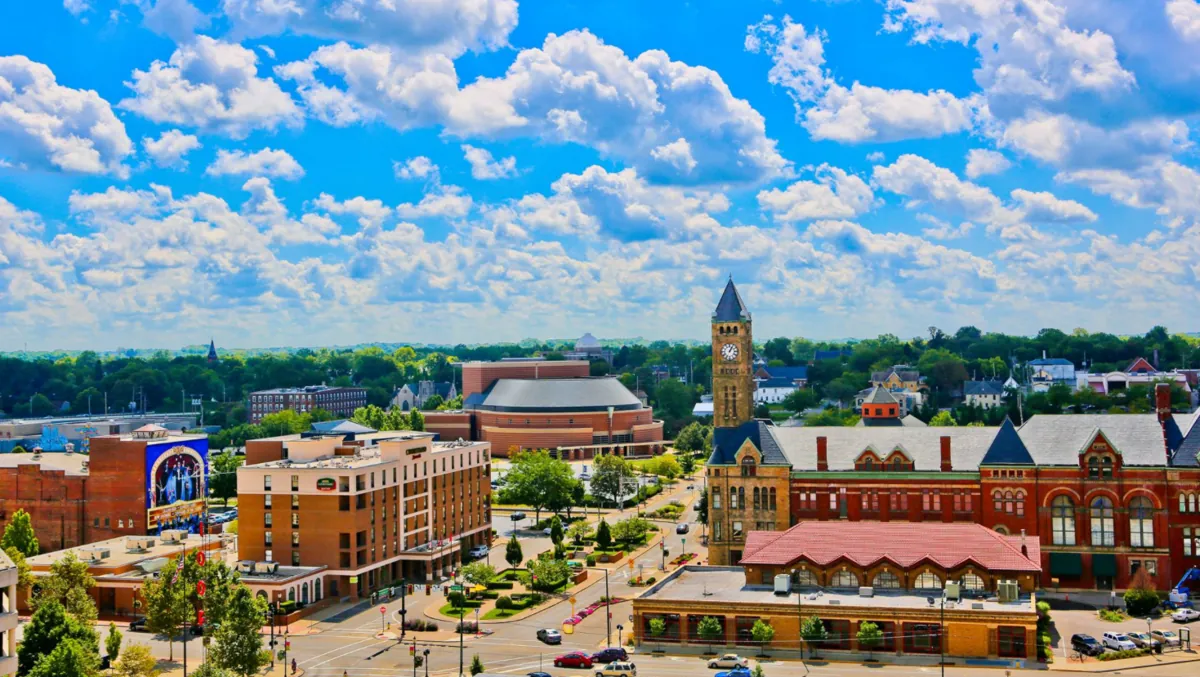Springfield's Haitian Influx: Economic Boost Amid Misinformation
Springfield, Ohio faces challenges and opportunities with a surge in Haitian immigrants. False rumors and political rhetoric overshadow the community's economic contributions, sparking local and national debates.

Springfield, Ohio, a city of approximately 60,000 residents, has recently become the focal point of a national debate on immigration. The influx of an estimated 15,000 Haitian immigrants over the past few years has significantly impacted the city's demographics and economy, with Haitians now comprising about 15% of the population.
The city, located 45 miles from Ohio's capital Columbus, has experienced both positive and negative effects from this demographic shift. On one hand, the Haitian community has contributed to the revitalization of Springfield's downtown area and helped meet labor demands. On the other, the rapid population growth has strained city services and increased housing costs.

Unfortunately, the situation has been exacerbated by the spread of false rumors and misinformation. Unfounded claims about Haitian immigrants engaging in bizarre and illegal activities, such as eating pets, have circulated on social media platforms. These rumors gained national attention when they were repeated by political figures during a presidential debate on September 10, 2024.
Local officials have been working to dispel these falsehoods. The Springfield police department has stated that there have been no credible reports of pet abductions or consumption. Meanwhile, Ohio Governor Mike DeWine has announced additional law enforcement and healthcare resources to address the city's real challenges.
The Haitian community in Springfield has been deeply affected by the negative attention. Rose-Thamar Joseph, from the Haitian Community Help and Support Center, expressed concern about the growing sense of unease among immigrants:
"Some of them are talking about living in fear. Some of them are scared for their life. It's tough for us."
Despite the challenges, it's important to note the positive impact of immigration on Springfield's economy. The city had previously experienced a decline in its manufacturing sector towards the end of the 20th century. The arrival of Haitian immigrants has helped revitalize the local economy by filling labor shortages and contributing to population growth.
This trend is not unique to Springfield. Between 2020 and 2023, the United States received 2.5 million international migrants, accounting for almost three-quarters of the country's population growth. Population growth is widely recognized as a key driver of economic development.
As Springfield grapples with these complex issues, local leaders are calling for a focus on solutions rather than fear-mongering. Melanie Flax Wilt, a Republican county commissioner, emphasized the need for community unity:
"After the election and everybody's done using Springfield, Ohio, as a talking point for immigration reform, we are going to be the ones here still living through the challenges and coming up with the solutions."
As the debate continues, it's crucial to separate fact from fiction and address the real challenges faced by both long-time residents and newcomers in Springfield. The city's experience serves as a microcosm of broader national discussions on immigration, economic revitalization, and community integration.


































